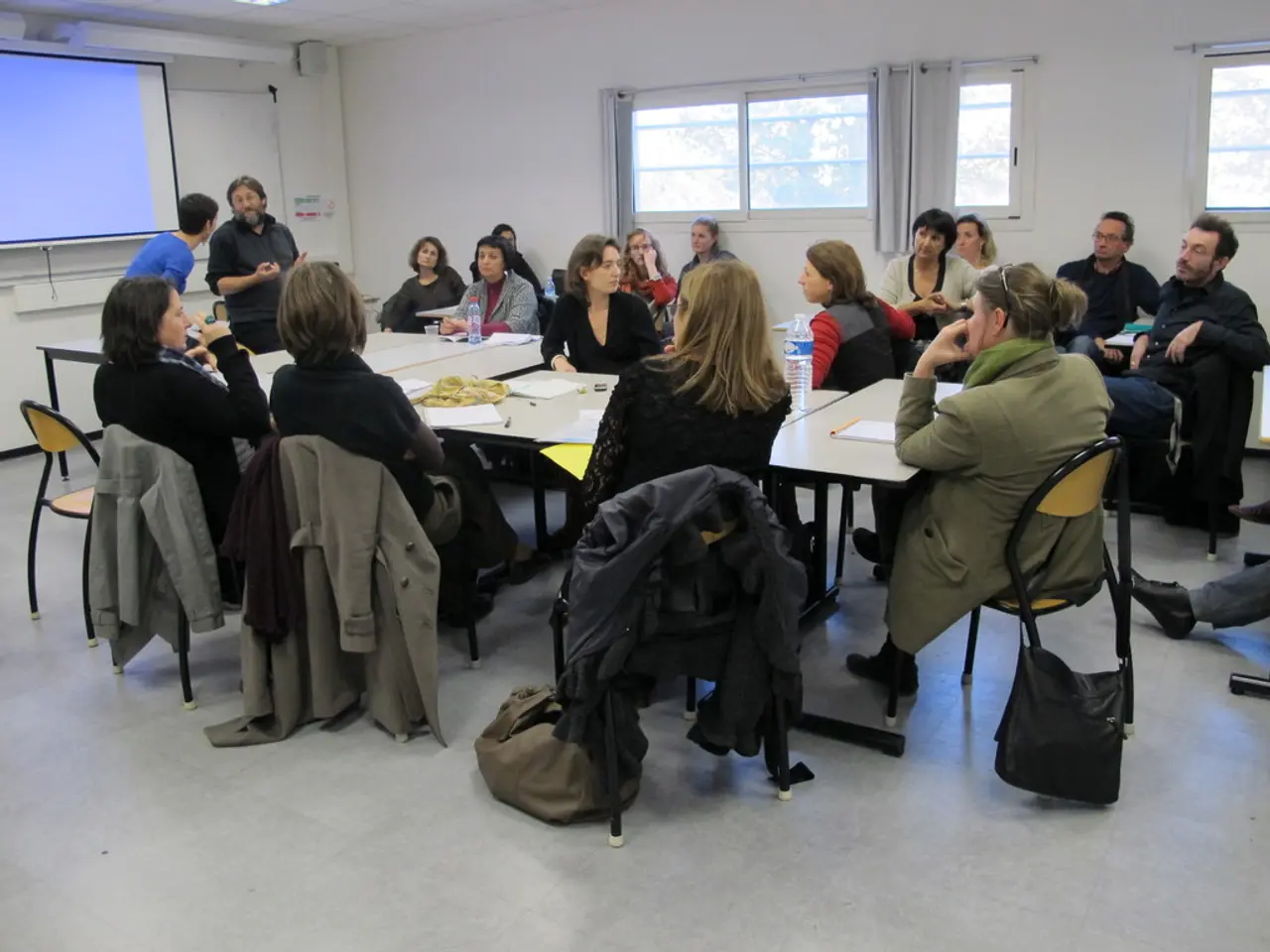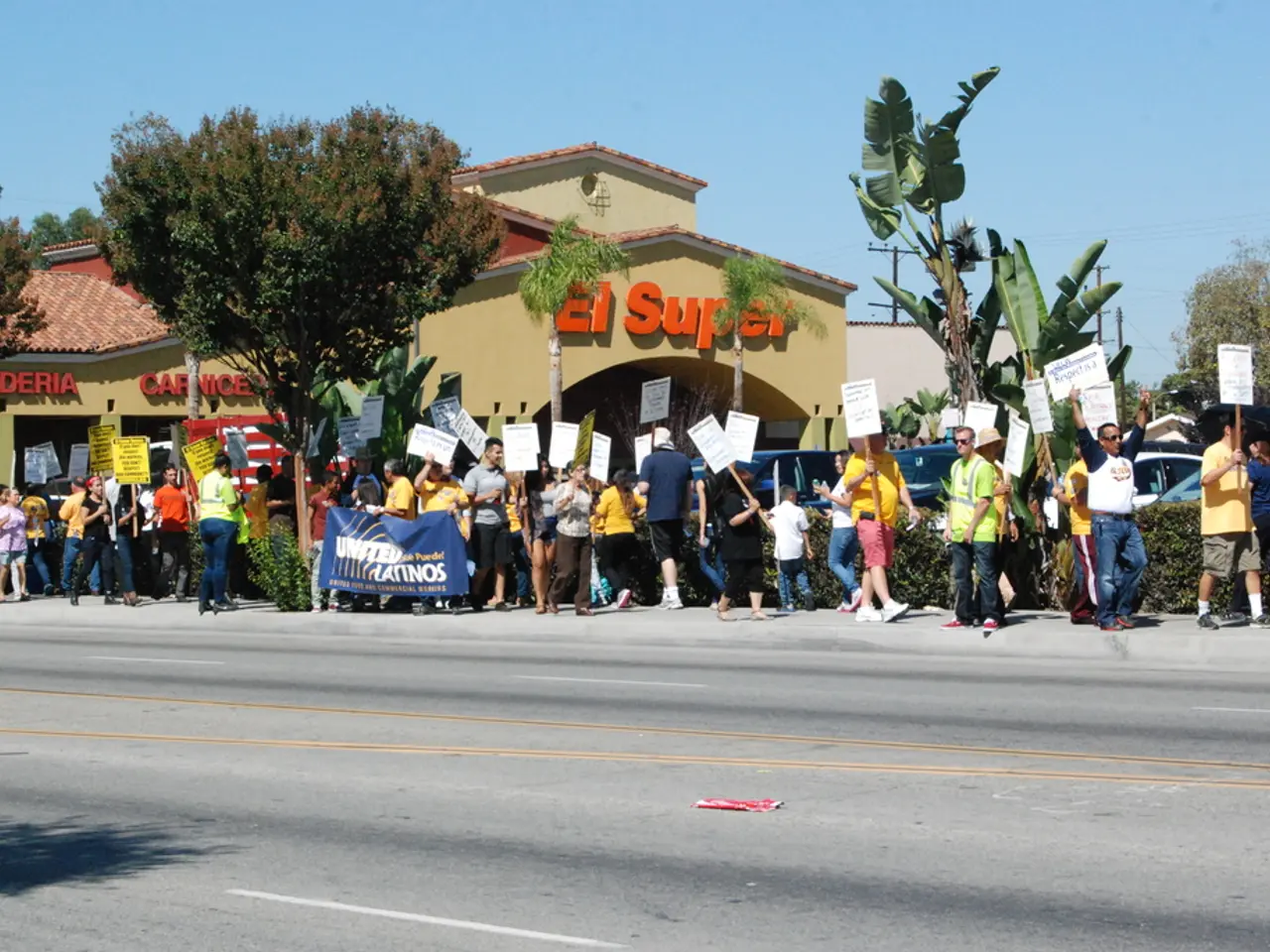Bodily Changes Over Time: Unraveling the Effects of Aging
Human aging is a natural process characterized by the deterioration of cells in the body, leading to visible signs such as wrinkled skin, gray or white hair, and age spots on the hands and face. This process, however, is not as straightforward as it may seem, as it is influenced by a multitude of factors.
Aging can start before birth, as early as the formation of the embryo. The speed and progression of aging in humans are influenced by a combination of genetic, environmental, lifestyle, and biological factors.
Genetics play a significant role in regulating aging processes. Certain genes, such as those involved in DNA repair, stress response, and cellular function, are crucial in determining how quickly or slowly we age. Genetic phenomena like antagonistic pleiotropy (genes beneficial early in life but detrimental later) also affect lifespan. As we age, gene expression changes, with the downregulation of genes related to learning and synaptic plasticity and the upregulation of stress-response genes.
Cellular and molecular damage also contribute to the aging process. Partly driven by accumulated damage such as oxidative stress, DNA damage, and protein cross-linking, theories like wear-and-tear, cross-linking of enzymes, autoimmune decline, and glycation (sugar binding to proteins/fats causing damage) help explain the aging process.
Environmental and behavioral factors also significantly influence aging rates. Factors like diet, physical activity, exposure to toxins, alcohol use, sleep quality, and social equity all play a role in determining how quickly or slowly we age. For example, calorie restriction may slow aging by reducing oxidative stress, while chronic diseases like hypertension and diabetes accelerate aging.
Biological aging mechanisms also vary across different organs and tissues. Midlife (around age 50) marks an acceleration in aging processes such as changes in vascular proteins linked to systemic decline. Some tissues like adrenal glands show aging signs as early as 30, highlighting the heterogeneity in aging progression across the body.
Social and health equity also play a role in determining the speed of aging worldwide. Health disparities, social conditions, and environmental exposures throughout life, collectively called the "exposome," influence the variation in aging speed globally.
As we age, our sleep patterns also change. Older adults tend to spend less time in each sleep cycle compared to younger adults. This results in older adults sleeping less deeply and for shorter periods of time.
Despite these challenges, there are ways to help counteract the effects of aging. Resistance bands can help older people build strength and improve their balance and flexibility through regular exercise. Understanding the complexities of human aging is the first step towards combating its effects and living a healthier, more fulfilling life.
References: 1. López-Otín, C., Blasco, M. A., Partridge, L., Serrano, M., & Kroemer, G. (2013). The hallmarks of aging. Cell, 153(6), 1194–1217. 2. Hayflick, L. (1965). The serial cultivation of human diploid cells in vitro. Experimental Cell Research, 37(3), 614–636. 3. Harman, D. (1956). Aging: A theory based on error catastrophe. Science, 123(3197), 129–130. 4. Weindruch, R., & Walford, R. L. (1988). Caloric restriction and the retardation of aging. Science, 241(4866), 503–507. 5. Flurkey, K., Pedersen, P. B., & Austad, S. N. (2005). Aging and the adrenal gland. Physiology, 20(4), 218–229.
- The downregulation of genes related to learning and synaptic plasticity, and the upregulation of stress-response genes, are changes in gene expression that occur as we age, further emphasizing the complex relationship between science, health-and-wellness, and aging.
- Genetics, environmental factors, lifestyle choices, and biological mechanisms all contribute to the varying rates of aging in different organs and tissues worldwide, highlighting the importance of understanding these intricacies to improve health-and-wellness during the aging process.




